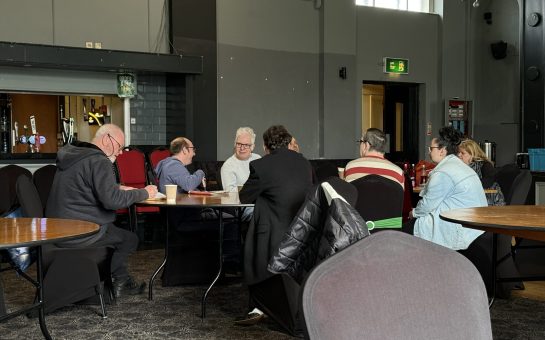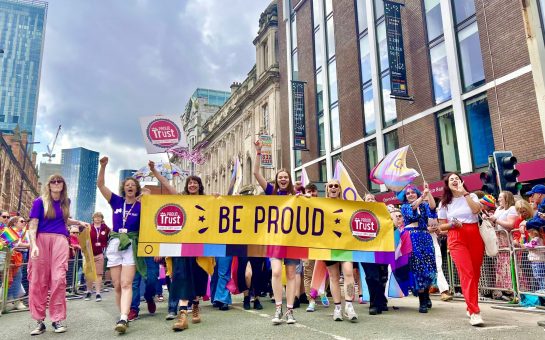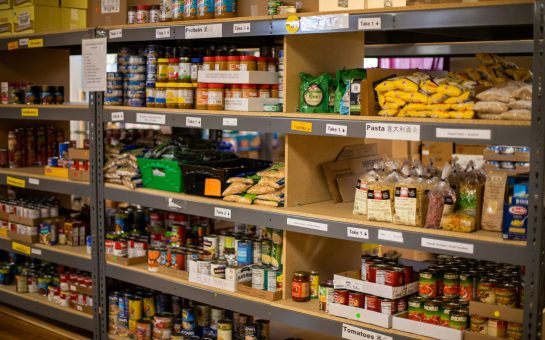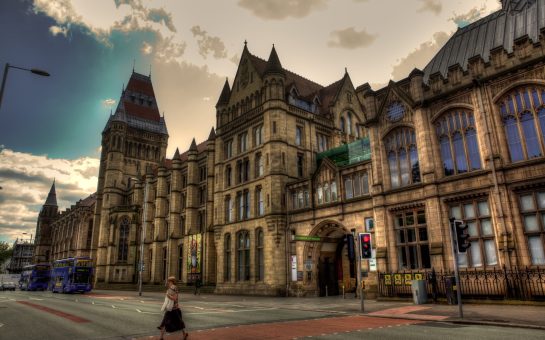Self-harm is putting significantly more young people in hospital in Greater Manchester than in the rest of the country, new figures reveal.
The number of 10-24-year-olds admitted as a result of self-harm from 2011/12-2013/14 was found to be higher in eight out of 10 Greater Manchester boroughs than the national average, according to Public Health England.
Only in Trafford and Manchester were admissions for self-harm not above the national average, where rates were similar to and lower than it respectively.
Simone Spray, chief executive of Manchester young people’s mental health charity 42nd Street, said these figures show a need for more awareness and support.
She told MM: “The high rates suggest there is a need for more support and a need to raise awareness further for those at risk or supporting those at risk.
“The higher rates may be an indication of increased reporting/presentations or an indication of increased levels of self-harm, or indeed a combination of the two.
“Presenting at A&E when someone recognises that they are at risk is an important part of managing self-harm – where communities feel able to do this and manage the risk, it is to be commended.”
The figures come around the same time that the Children’s Society and National Children’s Bureau claim early intervention funding – used by local authorities to help a young person who is vulnerable or at risk – has been cut by nearly £2billion over the last five years.
Simone and her staff at 42nd Street are experiencing increasing pressure on general mental health provision for young people.
“Demand is outstripping supply in mental health services. At 42nd Street we have seen our demand double over the past two years with no increase – and some reductions – in resources,” she said.
“This results in increased waiting times for access to one-to-one support for young people and this is true across Greater Manchester.
“The numbers of young people presenting with more complex issues has also increased dramatically over recent years, but investment simply does not match the need.”
All 10 Greater Manchester boroughs – Bolton, Bury, Manchester, Oldham, Rochdale, Salford, Stockport, Tameside, Trafford and Wigan – were examined individually as part of a nationwide snapshot of children’s health released by Public Health England.
Children’s health and wellbeing is generally worse than the England average in six of Greater Manchester’s boroughs with Stockport, Bury and Bolton turning up mixed results and Trafford faring better.
Child poverty is also worse in Greater Manchester than the average for the rest of the UK, with the exceptions of Stockport, Trafford and Bury – where it is better – and Wigan, where it is similar.
In Manchester more than one in three children live in poverty, above Salford and Rochdale where the figure is more than one in four.
In all boroughs but Trafford and Bury, the rate of under-18s admitted to hospital for a condition wholly related to alcohol – such as alcohol overdose – was higher than the England average in the period 2011/12-2013/14.
However, all areas matched a national trend towards a steady decline in the number of admissions over recent years.
Image courtesy of Саид سعيد Bleedenberg, with thanks.



